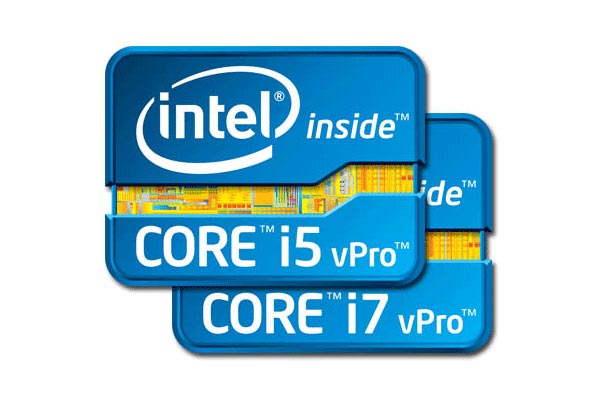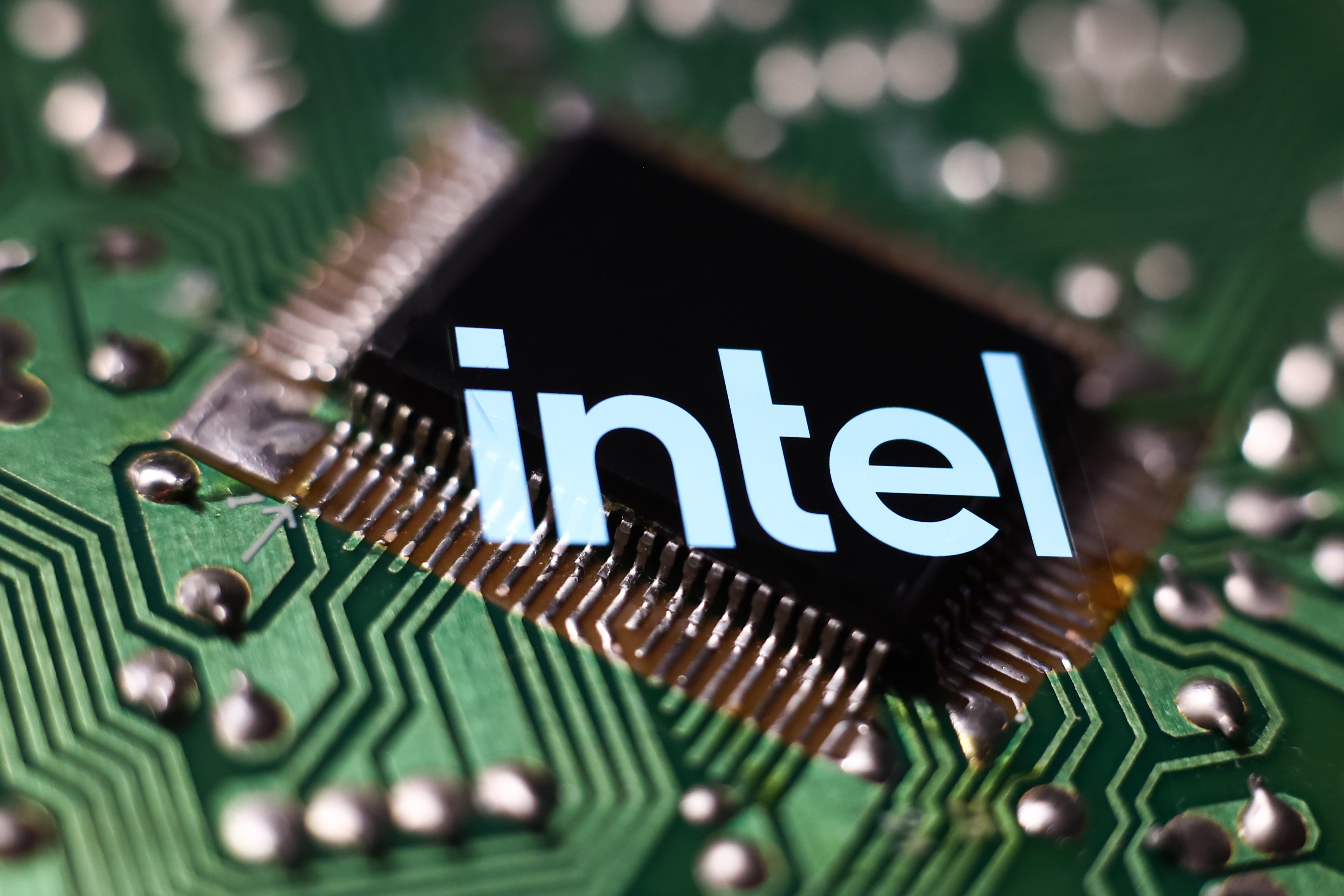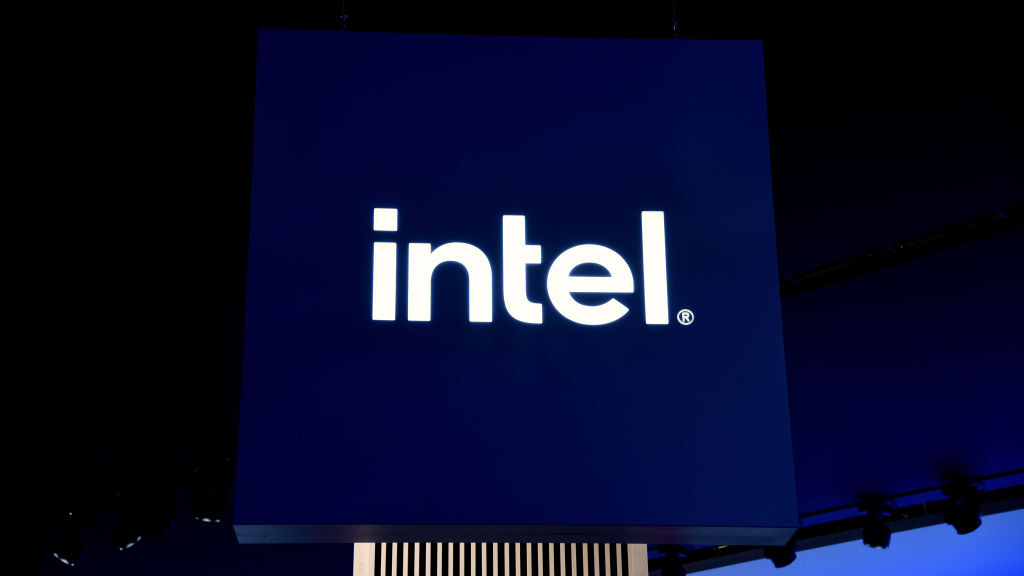Top 10 features of the Intel Ivy Bridge vPro platform
A rundown of the management and security features designed to make life easier for IT admins.

Intel's vPro enterprise processors run on the Ivy Bridge architecture, and boast features aimed at improving IT security and device management for businesses.
Intel has built security into the processor, chipset and network adaptor. This hardware approach means that PCs can be managed regardless of their system state and without the need for software.
Remote management and identity protection are particular features Intel has improved on. We go through the top 10 features of vPro.
Intel Active Management Technology (AMT) 8.0
IT admins can now remotely manage Ultrabooks, tablets and all-in-one PCs in addition to laptops, desktops and workstations. This will widen the range of deployment options, without compromising on security, and could be a feature which boosts the uptake of Intel-based tablets.
One-Time Password (OTP)
Traditionally two-factor authentication has required employees to sign in using their username/password and then enter a six-digit PIN from a physical token or key fob, which is only valid for a short period of time.
Intel's OTP replaces the need for the physical tokens as vPro hardware is able to generate the six-digit PIN. This will save businesses from having to invest in tokens and also aims to make authentication faster, without compromising access, according to Intel.
Intel ITP with Public Key Infrastructure (PKI)
The embedded PKI uses a private key stored in the PC's firmware, which helps to securely authenticate business networks and websites, encrypt/decrypt confidential documents or emails and digitally sign them.
Get the ITPro daily newsletter
Sign up today and you will receive a free copy of our Future Focus 2025 report - the leading guidance on AI, cybersecurity and other IT challenges as per 700+ senior executives
Protected Transaction display
To prevent employees from having their authentication details stolen through screen scrapping and key-logging, the vPro graphics processor creates an onscreen PIN pad. This keypad is "invisible" to the operating system and users are required to enter their credentials using untraceable mouse clicks.
Disable lost/stolen laptops
With mobile working on the rise, laptops with confidential information are increasingly likely to be stolen or lost by employees. To safeguard data, IT admins can send out a "poison pill" remotely. This doesn't just disable the hardware on the laptop, but also deletes all data and renders the device unusable.
When booted up, the laptop will stop at an authentication screen, which can only be bypassed by entering a unique recovery password generated by the IT admin. This means that the laptop will be re-usable if it is recovered.
-
 Should AI PCs be part of your next hardware refresh?
Should AI PCs be part of your next hardware refresh?AI PCs are fast becoming a business staple and a surefire way to future-proof your business
By Bobby Hellard Published
-
 Westcon-Comstor and Vectra AI launch brace of new channel initiatives
Westcon-Comstor and Vectra AI launch brace of new channel initiativesNews Westcon-Comstor and Vectra AI have announced the launch of two new channel growth initiatives focused on the managed security service provider (MSSP) space and AWS Marketplace.
By Daniel Todd Published
-
 Gaining timely insights with AI inferencing at the edge
Gaining timely insights with AI inferencing at the edgeWhitepaper Business differentiation in an AI-everywhere era
By ITPro Published
-
 Scaling AI from pilot to production: Maximize AI impact with HPE & Intel
Scaling AI from pilot to production: Maximize AI impact with HPE & IntelWhitepaper Transform AI proof-of-concepts into full-scale implementations
By ITPro Published
-
 UK supercomputer boom as HPE and Dell receive funding for new AI cluster
UK supercomputer boom as HPE and Dell receive funding for new AI clusterNews The UK’s AI computing capabilities will increase by an order of magnitude in 2024
By Rory Bathgate Published
-
 AI gold rush continues as Hugging Face snags $235 million from IBM
AI gold rush continues as Hugging Face snags $235 million from IBMNews The investment round, which brings the company's valuation to $4.5 billion, also includes Amazon, Google, Intel, and Salesforce
By Richard Speed Published
-
 Why is ASUS reviving Intel’s NUC mini-PC line?
Why is ASUS reviving Intel’s NUC mini-PC line?News The diminutive PC is to rise again while analysts look for the business case
By Richard Speed Published
-
 Intel targets AI hardware dominance by 2025
Intel targets AI hardware dominance by 2025News The chip giant's diverse range of CPUs, GPUs, and AI accelerators complement its commitment to an open AI ecosystem
By Rory Bathgate Published
-
 Why aren’t factories as smart as they could be?
Why aren’t factories as smart as they could be?Whitepaper How edge computing accelerates the journey to a remarkable factory
By ITPro Published
-
 Who needs Intel vPro®, An Intel® Evo™ Design, anyway?
Who needs Intel vPro®, An Intel® Evo™ Design, anyway?Sponsored With flexible work on the up, the demand for high performance on-the-go business laptops has never been greater
By ITPro Last updated